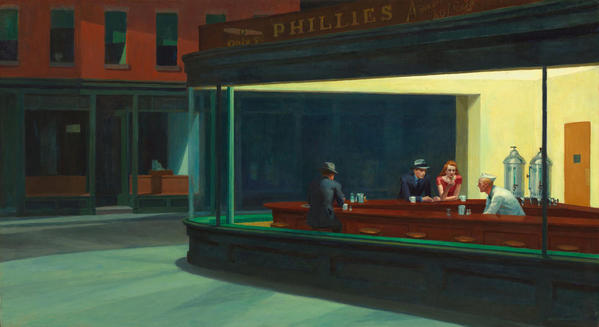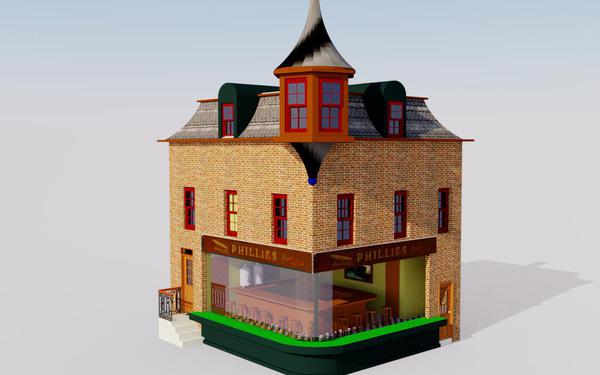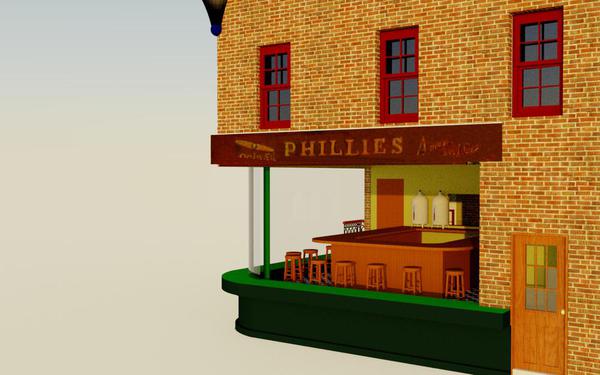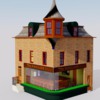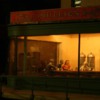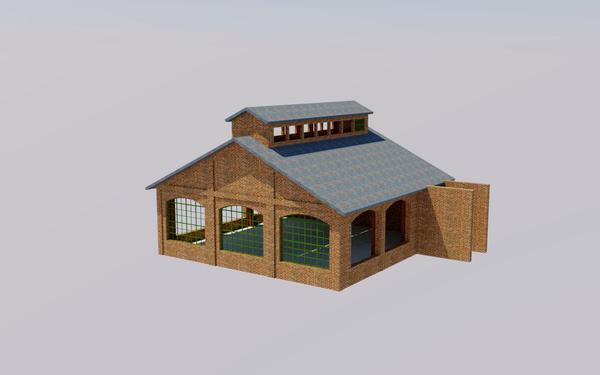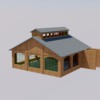Tuesday was a shop day.
I got into working on the site in earnest. All of the roadways and walks are 4-ply Bristol Board. Before cutting any, I'm making cardboard or paper templates to be sure what I doing works. One wrinkle is the slight elevation of the buildings which are sitting on the 1/8" cork base. I had to raise the sidewalk in a gradual slope to bring the walk up to the building's height.
To hold the roadways down, I've given up on the 3M 77 spray glue and gone to their 3M 99 high strength adhesive. I was very unhappy about how the 77 worked on holding the roads down on the foam substrate in the town. I've gotten good feedback on using 99 on holding fiberglass skins onto scale model RC aircraft. If it works in that installation it will work on mine.
Before attaching the roads I had to prepare the foam core for the curb cuts. They're bigger and differently shaped than the cast ones I made a long time ago, so I'm going to custom make them in place using Sculpty clay or plaster. I needed to raise the base and reinforce the foam core. I cut the top layer and all the foam away and then made a ply insert that I glued in with Aleen's reinforced with a little CA.
I masked the entire area around the front roadway so the spray adhesive was only where it was needed. I didn't want sticky stuff all over the site substrate.
I sprayed both sides to be glued and waited for one classic rock song on my ever-playing iPod which was sufficient time for the glue to set up. It holds like crazy.
I used some thin cardboard to pattern the sidewalk. I actually worked those curves with a drafting compass. It was a long time since I had to use that.
I traced this pattern onto the Bristol Board and cut it out with a #11 blade and straight edge.
I then realized that the building is elevated 1/8" on the cork and I had to raise part of the sidewalk to reach it. It required raising at the main building's side door and the kitchen door. Stacks of increasingly smaller pieces of Bristol board (5 pieces) to build up the slope.
Before gluing in place, I scribed the expansion grooves into the walk. I then glued it with Aleen's.
The last thing I did was make the pattern for the rear drive. I used heavy paper for this one.
This will be transferred to the Bristol as before, and it will also need up-sloping to match the loading doors' height. I'll then mask the roads and walks in prep for landscaping and topo. The building will get the Press-n-Seal treatment so I can plaster right up to the foundation.




